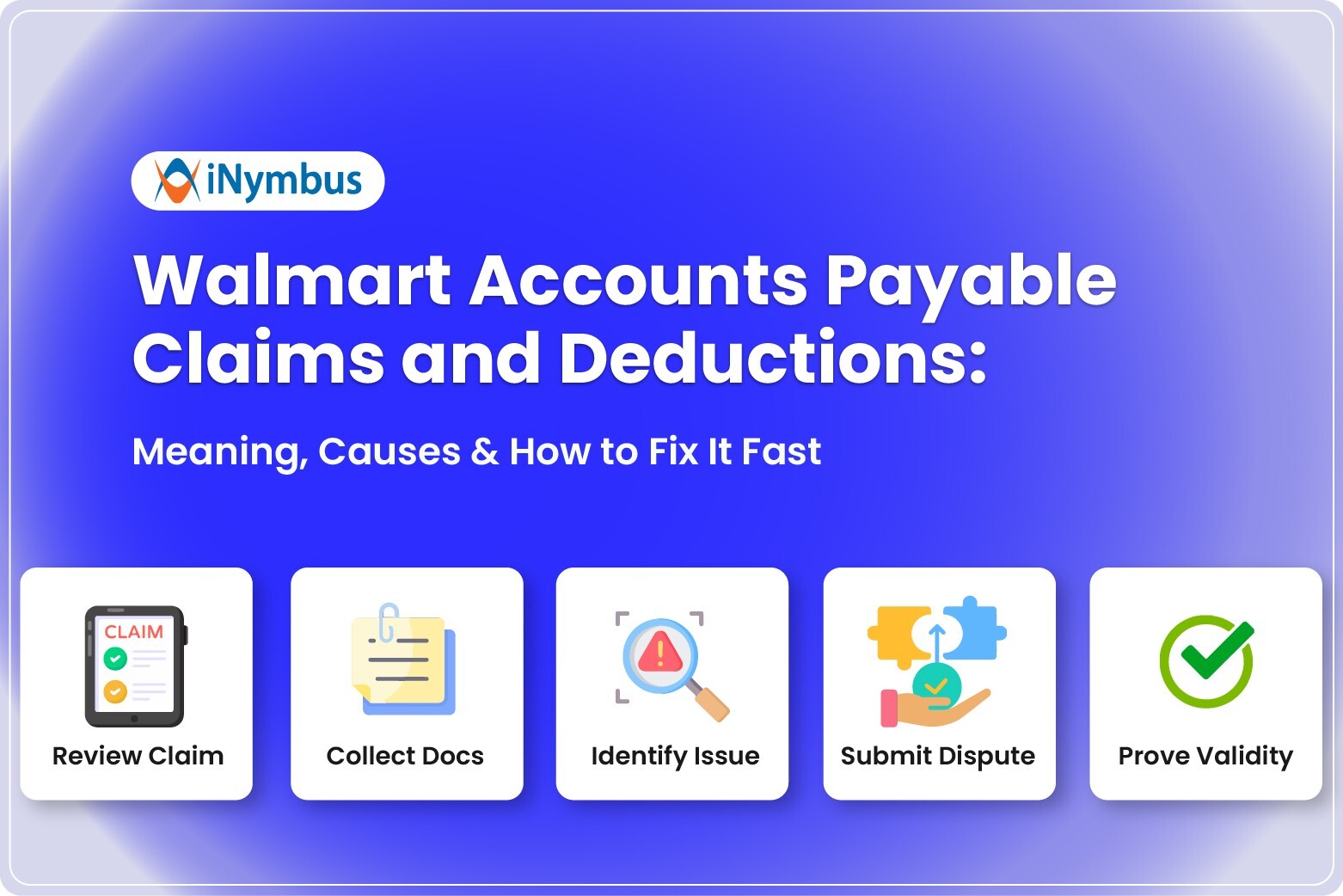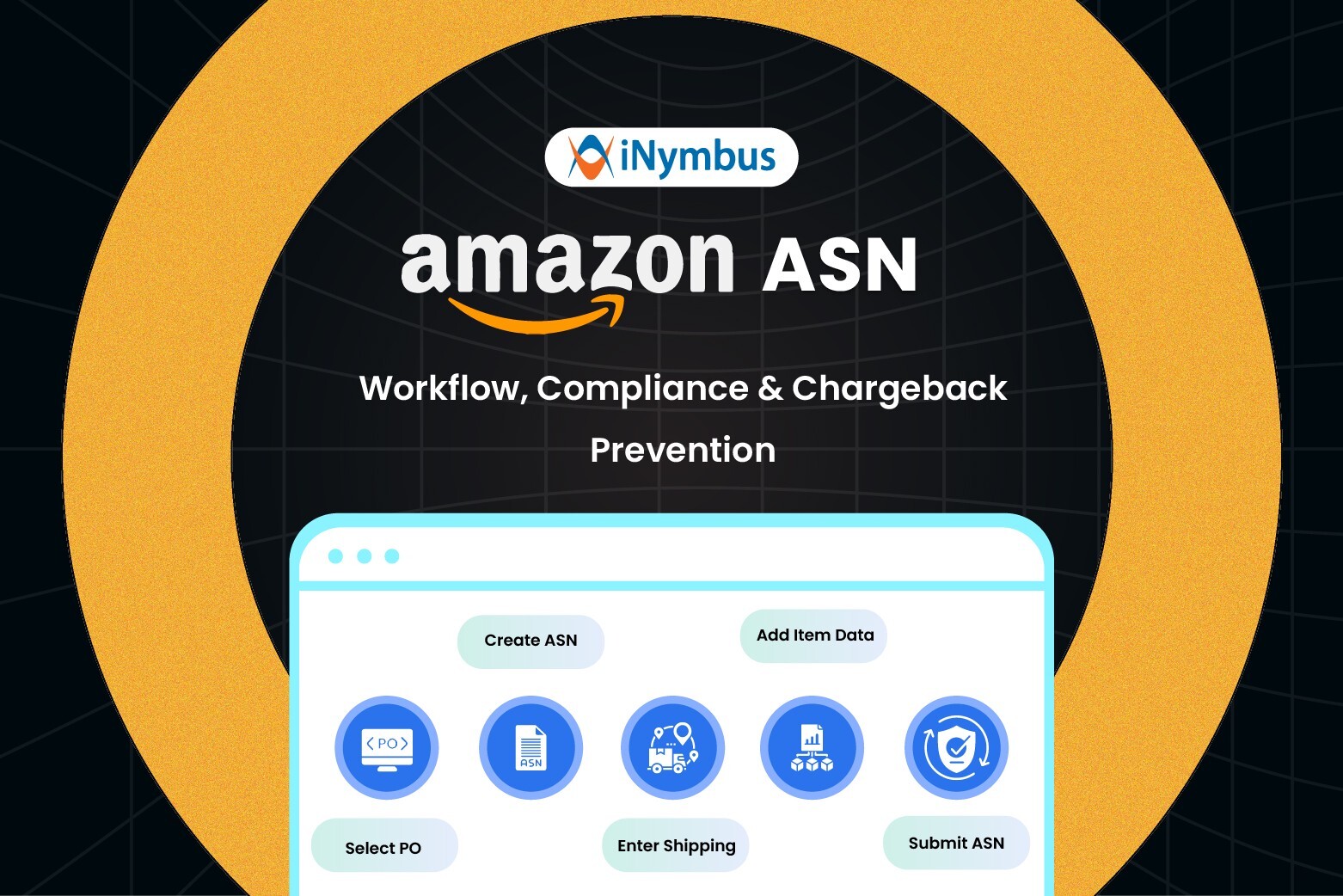RPA in Retail: Key Use Cases and Practical Applications
 The retail industry has transformed in recent years as customers expect a faster and more seamless shopping experience. Fast deliveries, easy returns, reliable post-sale support, and smooth transitions are now the standard. For retailers, meeting these demands requires operating with more efficiency and accuracy in a highly competitive market.
The retail industry has transformed in recent years as customers expect a faster and more seamless shopping experience. Fast deliveries, easy returns, reliable post-sale support, and smooth transitions are now the standard. For retailers, meeting these demands requires operating with more efficiency and accuracy in a highly competitive market.
To achieve this, many retailers are turning to Robotic Process Automation (RPA). By automating repetitive tasks, RPA helps streamline operations, cut costs, and improve accuracy in key areas like returns, supply chain management, and invoice processing.
What is RPA for Retail?
Robotic Process Automation (RPA) in retail uses software bots to automate repetitive, rule-based tasks such as inventory updates, invoice processing, and order tracking across systems. This reduces manual work, minimizes errors, and allows teams to focus on more strategic, customer-focused initiatives.
As retail operations become more complex and high-volume, RPA is critical for improving efficiency and staying competitive. Now, Many retailers are adopting Robotic Process Automation Services to streamline operations and drive digital transformation.
Key Use Cases of RPA in Retail

Invoice processing:
Invoice processing is a prime RPA use case. Bots extract data from invoices, match it with purchase orders, categorize it, and enter it into accounting software. This reduces data entry errors, speeds up processing, and supports early payment discount strategies.
Examples:
- Audit trails: Maintains detailed logs for easier audits and compliance
- Cash flow: Accelerates payments and improves cash flow through timely processing
- Error reduction: Minimizes discrepancies between orders and invoices
Document retrieval:
Retail systems store vast amounts of documents across platforms. RPA enables fast retrieval of invoices, warranties, purchase orders, and compliance records by indexing and accessing them in seconds. This is especially valuable for customer support and audit response.
Examples:
- Centralized access: Enables quick retrieval of documents across multiple systems
- Search optimization: Advanced indexing allows for rapid document searches
- Version control: Tracks document versions for accurate information
Inventory management:
Retailers face dynamic inventory demands. RPA bots monitor inventory levels, analyze sales trends, and initiate reorders automatically. This helps maintain optimal stock levels and avoids both stockouts and overstocking, leading to cost savings.
Examples:
- Real-time Analytics: Provides insights into inventory levels and turnover rates.
- Automated Reporting: Generates inventory reports to aid decision-making.
- Supplier Coordination: Automates communication for timely restocking.
Return Processing:
High-volume returns, especially post-peak seasons, require efficiency. RPA logs return requests, verifies eligibility, updates inventory, and initiates refunds or restocking. This improves return accuracy and customer satisfaction.
Examples:
- Customer experience: Quicker refunds enhance overall customer satisfaction
- Data accuracy: Reduces errors in inventory and customer data
- Insights on returns: Analyzes patterns to improve product quality
Accounting and finance:
RPA automates core finance tasks like reconciliations, monthly closings, and report generation. Bots consolidate data, validate transactions, and surface anomalies, allowing teams to focus on insights instead of inputs.
Examples:
- Streamlined reporting: Automates the generation of financial reports
- Fraud detection: Flags anomalies in transactions for early fraud detection
- Compliance tracking: Ensures adherence to accounting standards
Logistics and supply chain management:
In retail logistics, RPA provides real-time tracking, system updates, and proactive notifications. Bots monitor carrier data and alert teams to disruptions, improving planning and reducing shipping costs.
Examples:
- Real-time visibility: Enhances shipment tracking across the supply chain
- Exception management: Quickly addresses delays and exceptions
- Cost savings: Optimizes logistics to reduce shipping costs
ERP automation:
RPA improves ERP system efficiency by automating billing, pricing updates, and stock adjustments. Bots pull data from transactions, sync inventory records, and reduce manual workload, improving accuracy and decision-making.
- Cross-functional integration: Ensures seamless data flow between ERP modules
- Consistent updates: Maintains up-to-date information across all systems
- Decision support: Provides real-time insights for better decision-making
Key Benefits of RPA For the Retail Sector
1. Scalability
RPA offers flexible, scalable solutions that help retailers manage peak seasons, high transaction volumes, and market expansion without overburdening staff or systems.
2. Increased efficiency
By automating repetitive, rule-based tasks, RPA reduces processing time and frees up teams to focus on strategic initiatives that drive growth and innovation.
3. Cost savings
RPA optimizes resource use, reduces manual errors, and cuts down costs associated with inventory mismanagement, returns, and administrative overhead.
4. Improved accuracy
Bots minimize human error in data entry and processing, ensuring greater accuracy and reliability across operations like finance, logistics, and compliance.
5. Improved customer experience
RPA improves order processing speed, reduces response times, and enables faster resolutions, leading to higher customer satisfaction and loyalty.
RPA Case Study in Retail: iNymbus
Case Study 1: Automating Deduction Management for a $2B Beauty and Wellness Brand
A leading organization operating in the beauty, health & wellness, and home & outdoor sectors, with over $2 billion in annual revenue, needed to overhaul its deduction management process. The goal was to reduce costs, accelerate claim resolution, and gain better visibility into deductions from major retailers like Amazon and Walmart.
The Challenge
The company relied on a 40-member team manually handling thousands of deduction claims. This manual approach led to:
- Slow Turnaround: Gathering documentation for disputes took 3–4 weeks, and each claim took 3–4 hours to resolve.
- Mounting Backlogs: The manual effort could not keep up with claim volume, often missing tight retailer dispute windows.
- Limited Insight: The lack of automation made reporting and root cause analysis difficult, affecting strategic planning.
The Solution
The company implemented the iNymbus RPA Solution to automate and standardize its deduction workflows. Key implementation steps included:
- Defining SOPs: Built standard operating procedures tailored for automation.
- Data Mapping: Identified sources for invoices, shipping confirmations, and proof-of-delivery documents to enable automated retrieval.
- Workflow Automation: Introduced bots to match documentation, submit disputes, and escalate only exceptions to human teams.
Results
- Processing Speed: Cut deduction processing time from weeks to minutes.
- Automation Coverage: Bots handled the retrieval and submission of all standard claims.
- Lean Operations: Human involvement was reduced to exception handling only.
- Visibility and Control: Gained real-time insight into dispute metrics with automated dashboards and root cause reports.
Case Study 2: Scaling Return Processing for a High-Volume Distributor
A large distributor managing 5,000+ returns per month, with volumes tripling during holiday seasons, was losing significant revenue due to delayed processing and reconciliation gaps. They needed a scalable solution to handle surges without expanding headcount.
The Challenge
- Delayed Returns: Return variance processing often took months, delaying credits and adjustments.
- Revenue Leakage: Incomplete reconciliation of return variances led to hundreds of thousands in financial losses.
- Overwhelmed Teams: Staff spent most of their time switching between ERP systems, portals, and spreadsheets.
For more info read: Reverse Logistics: A Guide to Managing Returns Variance with iNymbus
The Solution:
To address these bottlenecks, the distributor partnered with iNymbus to deploy RPA across its returns process. The solution featured:
- Automated Variance Submission: Bots logged into retailer portals, uploaded documents, and submitted variance reports.
- ERP Integration: Seamlessly pulled data for reconciliation from ERP, matched it with retailer returns, and closed variances.
- System Validation: Performed cross-system checks and uploaded proof for claim processing.
Outcomes
- Workforce Optimization: Team members shifted from manual entry to exception review and analysis.
- Data Accuracy: Automation reduced errors and improved financial reconciliation.
- Employee Morale: Staff reported higher job satisfaction after repetitive work was offloaded.
- Peak Readiness: The distributor now handles seasonal spikes without performance degradation or team burnout.
Leveraging Automation to Get Ahead of Retail Deductions
As retail operations become more automated, suppliers need a proactive approach to manage deductions effectively. While understanding deduction types and dispute processes is essential, suppliers increasingly benefit from automation to handle deductions at scale and stay ahead of the cycle.
This is where iNymbus steps in, offering a robust automated solution that enables suppliers to manage deductions seamlessly, from identifying types to filing disputes. With iNymbus, suppliers can focus on core business operations while automation efficiently manages the entire deduction process.
Schedule a quick call below to learn how iNymbus can automate your unique business needs and processes!





